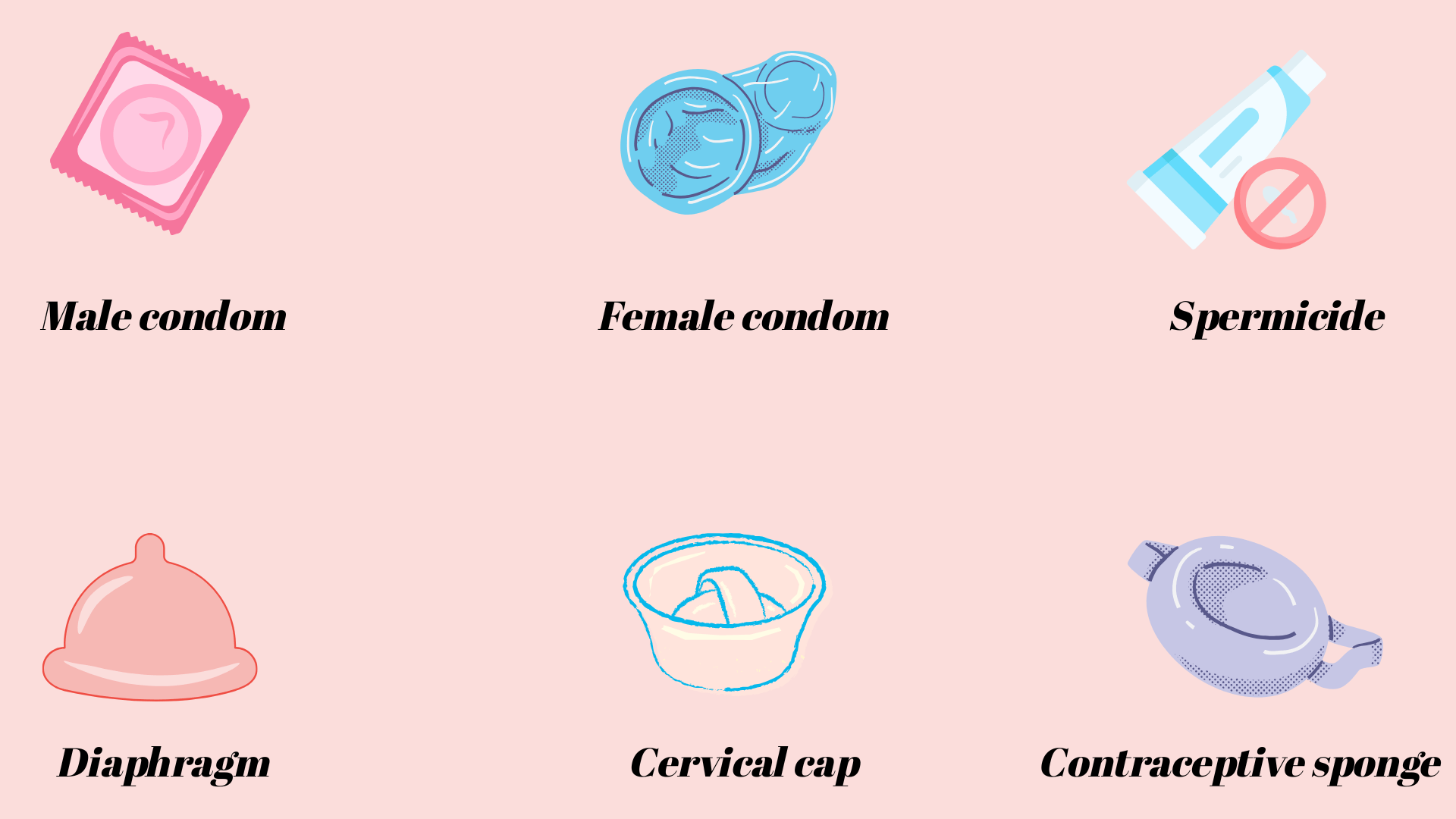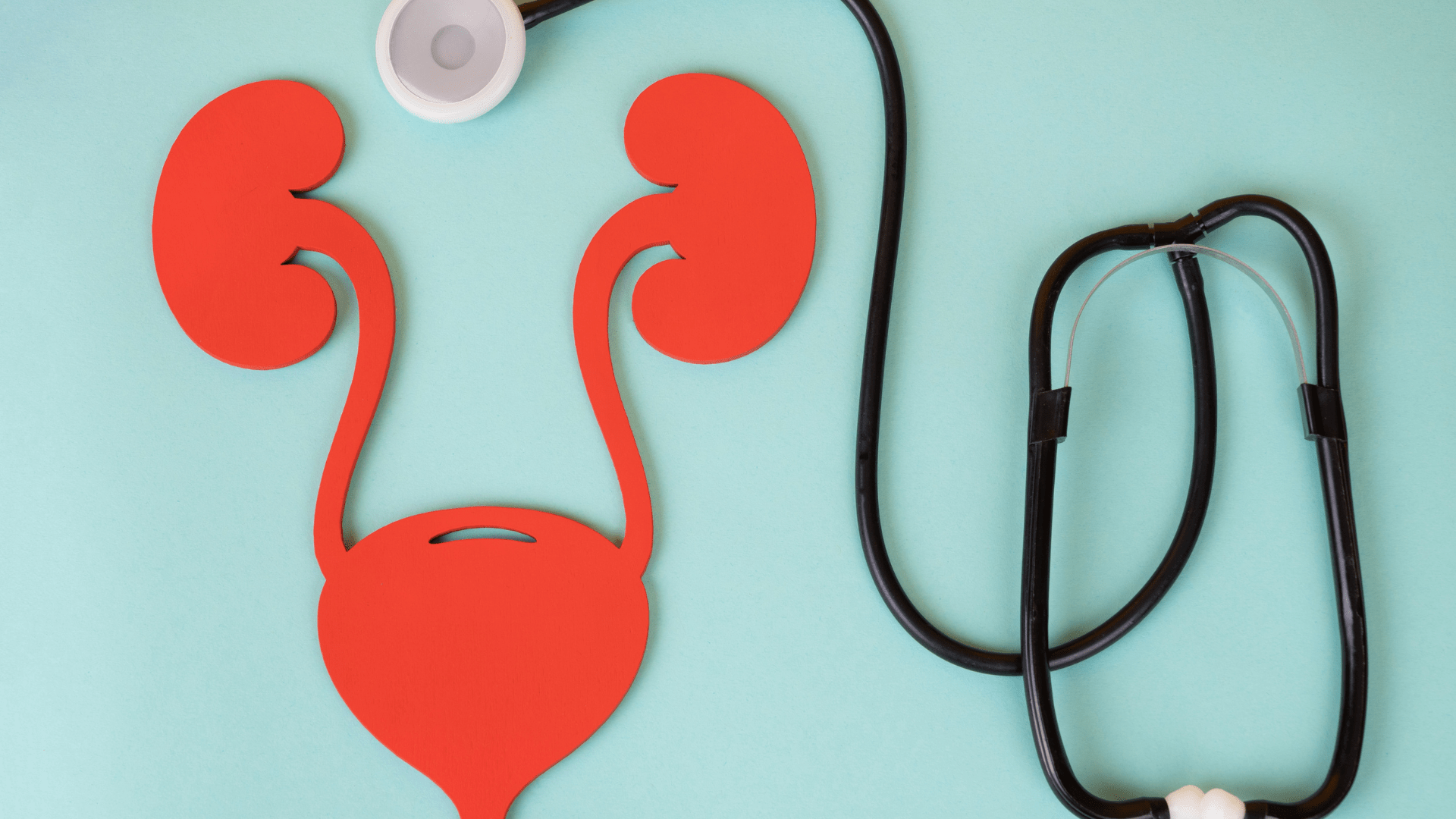So, you’ve tried hormonal birth control and you’re tired of the sore boobs, the periods that ghost you like a bad ex, and your emotions taking you for a rollercoaster ride.
Or maybe you don’t want to even consider messing with your hormones, because it gives you the ick.
Either way, whether you’re hormone-free by choice or by trauma, welcome to the world of non-hormonal birth control. We’ll be breaking down all of them, including how well they work and what to expect.
What Are the Non-Hormonal Birth Control Methods?

Simply put, they are birth control methods that don’t have hormones. No oestrogen, no progesterone, and less hormonal drama involved in preventing pregnancy.
Let’s meet the crew.
1. Non-Hormonal Long-Acting Method: Copper IUD
How it works: This is a hormone-free, little T-shaped device that is inserted into your womb by your doctor.
Copper is like the sperm’s worst enemy. It is toxic to it and makes it too weak to reach the egg for fertilisation. If one rogue sperm manages to escape and fertilise an egg, the copper IUD also creates a not-so-welcoming environment in your womb that makes it difficult for it to implant.
Ovulation still happens, so yes, you still get your periods.
Effectiveness: Over 99% effective.
Pros:
- Super low-maintenance, as it can last as long as 10 years.
- It can also be used as emergency contraception if inserted within 120 hours of unprotected sex.
- It doesn’t affect your return to fertility if you remove it.
Cons:
- The insertion can be painful.
- It can cause heavier and more painful periods in the first few months.
2. Barrier Options
These methods of birth control physically block the sperm from reaching the egg, kind of like bouncers at a party. They include:
a. Male Condoms
How it works: A thin stretchy sheath worn over the penis during sex.
Effectiveness: 98% effective with perfect use, i.e, no slips, no breaks, no user error. But things happen, so it is about 85% effective with typical use.
Pros:
- Affordable and easy to get.
- Protects against sexually transmitted infections.
Cons:
- Some people may be allergic to latex, but there are non-latex options.
- It needs to be stored properly. So heat-friendly places like wallets are not condom-friendly.
- It can break or slip, especially if it is too tight, too loose, or not used properly. It might look sexy in movies, but don’t open it with your teeth. That’s how tiny rips happen, and tiny rips = tiny babies.
b. Female Condoms
How it works: It’s a soft loose-fitting pouch that you insert in your vagina before sex. It lines your vagina wall and has flexible rings on both ends – one goes inside to hold it in place and the stays outside to partially cover your vulva.
Effectiveness: 95% with perfect use and 79% with typical use.
Pros:
- It protects against sexually transmitted infections.
- For the Girl Scouts, it can be inserted up to 8 hours before sex.
- It is good for people with latex allergies.
Cons:
- It can be difficult to insert and can slip out of place if not used correctly.
- Less widely available than male condoms.
c. Spermicide
How it works: This is a gel, cream, foam, or suppository that you insert in your vagina at least 15 to 30 minutes before sex. It contains chemicals that damage the sperm.
Most spermicides work for at least 1 hour before you need to reapply them, and they shouldn’t be washed out after sex.
Effectiveness: They are about 70% effective alone, but can be 94% effective when used with other barrier methods.
Pros:
- Easy to use.
- Can boost other barrier methods.
Cons:
- It has to be reapplied every single time before sex.
- It can cause irritation and increase the risk of STIs, because it may affect your vagina lining.
d. Diaphragm
How it works: This is a flexible, dome-shaped cup that is inserted in your vagina to cover the cervix and blocks entry of the sperm. It must be used with a spermicide to be effective.
You insert it about 1 hour before sex and leave it in for at least 6 hours after – 24 hours max. Don’t overdo it or you risk getting an infection.
Effectiveness: It is about 94% with perfect use and 88% with typical use.
Pros: Reusable for up to 2 years.
Cons:
- It comes in different sizes and requires a visit to your doctor to be properly fitted.
- It can cause irritation and doesn’t protect against STIs.
e. Cervical Cap
How it works: This is similar to the diaphragm, but smaller, more rigid, and fits over the cervix snugly. You must also apply spermicide to it before use.
You can insert it up to 6 hours before sex, and it should be left for at least 8 hours after sex. The max wear time is 24 hours when used with a spermicide.
Effectiveness: If you have never given birth vaginally, it is about 85% effective. If you have, then it is around 71% effective, as childbirth can change the shape of your cervix.
Pros: Reusable for up to 2 years.
Cons:
- Doesn’t protect against STIs.
- It can cause irritation.
- It must be fitted by a doctor.
f. Contraceptive Sponge
How it works: It’s a small, squishy sponge (yes, like an actual sponge) soaked with spermicide.
You pop it deep into your vagina before sex, and it covers the cervix while also releasing spermicide to kill or slow down sperm.
Effectiveness: For those who have never given birth vaginally, it is about 88% with perfect use and around 76% with typical use.
It is less effective if you’ve given birth vaginally – around 80% perfect and 76% typical
Pros:
- It can be used for multiple rounds of sex within 24 hours.
Cons:
- It must be inserted every day you have sex, so it is not reusable.
- No STI protection.
- If you leave it in too long, it can increase the risk of toxic shock syndrome, which is a medical emergency. So max 24 hours.
3. Fertility Awareness Methods
These methods are all natural – no insertion or application of any product, but just a whole lot of calendar math.
How it works: You track your cycle to know your fertile window, that is, when the chances of pregnancy are higher. You can do this by looking out for signs of ovulation, like an increase in basal body temperature, clear stretchy discharge (like egg white), or positive ovulation test results.
During your fertile window, you avoid sex or use another backup method like a condom if you want to avoid getting pregnant.
Pros: It doesn’t involve the use of hormones or devices, so it is free (or very cheap), and without side effects.
Cons: It requires careful discipline and no room for error. You might want to skip this method if your cycle is irregular.
4. Permanent methods
These methods are for those who are very sure they’re done with baby making or never wanted it in the first place.
a. Tubal Ligation
How it works: A surgeon ties or blocks your fallopian tubes, so your egg and the sperm don’t get frisky.
Effectiveness: It is over 99% effective.
Pros: No daily, monthly, or yearly upkeep required.
Cons:
- No protection against STIs.
- In the rare cases that pregnancy occurs, it could lead to an ectopic pregnancy, that is, pregnancy outside the womb.
b. Salpingectomy
How it works: This is like tubal ligation, but hardcore. The fallopian tubes are permanently and completely removed.
Effectiveness: It is almost 100% effective.
Pros: It’s a one-and-done method, and the chances of an ectopic pregnancy are even lower than ligation.
Cons: No protection against STIs.
c. Vasectomy
How it works: This is a procedure done in men to seal or cut the tubes that carry sperm.
Effectiveness: It is over 99% effective.
Pros: No need for daily upkeep.
Cons: You might need to use another form of birth control for a few months after the procedure until your doctor confirms there is no sperm left in your semen.
How to Choose the Right Non-Hormonal Birth Control
Here’s a little cheat sheet to help you pick what might be right for you:
- Don’t want to think about it every day? Try the copper IUD or consider permanent options.
- Want STI protection? Go with male or female condoms.
- Prefer something you can control in the moment? Spermicide, diaphragm, cervical cap, or sponge.
Final Thoughts
Going hormone-free doesn’t mean you’re out of options. There’s a method for you that fits your life, your body, and your bedroom habits.
If you need help deciding what to pick, then speak with our doctors here!
References
Birth Control Methods & Options





